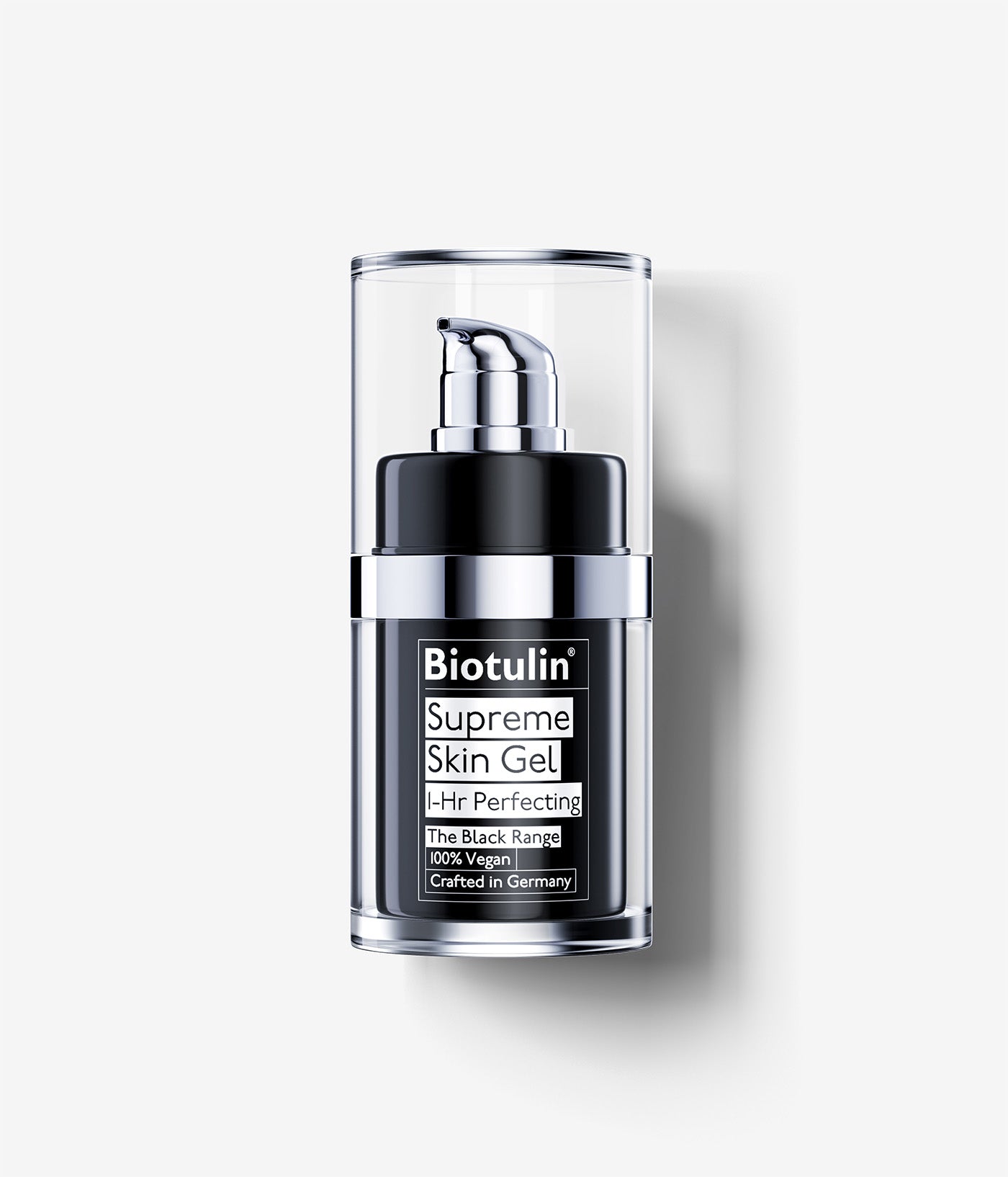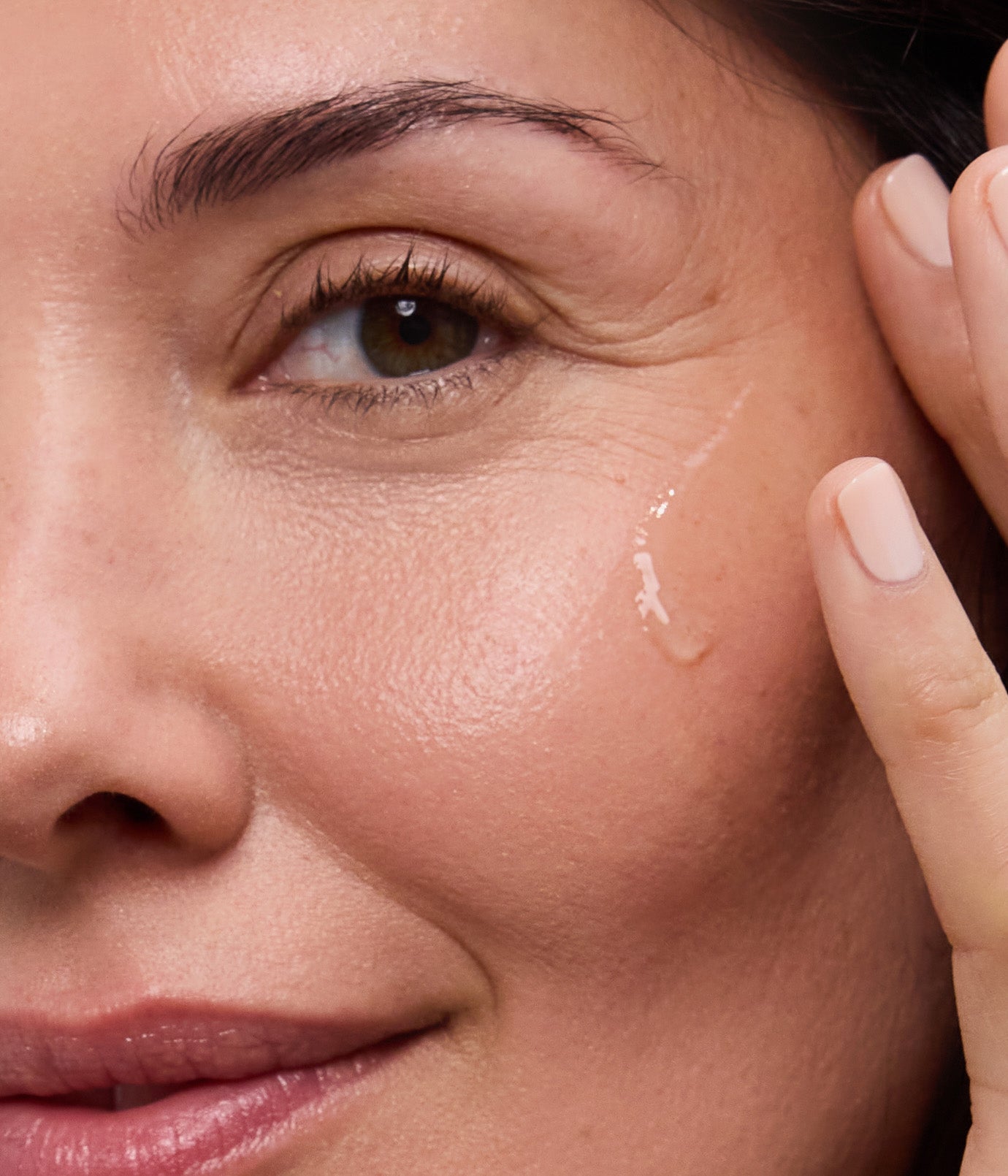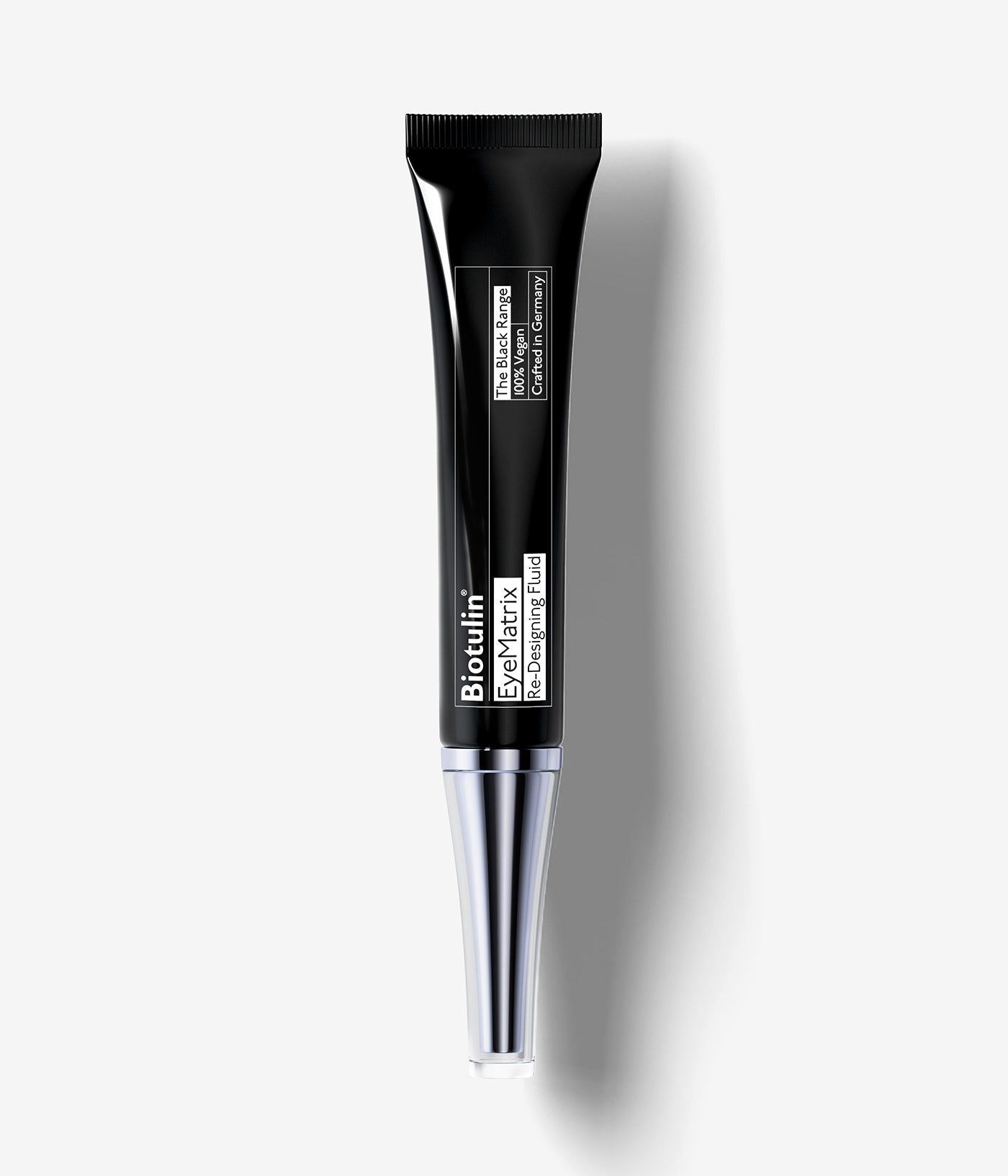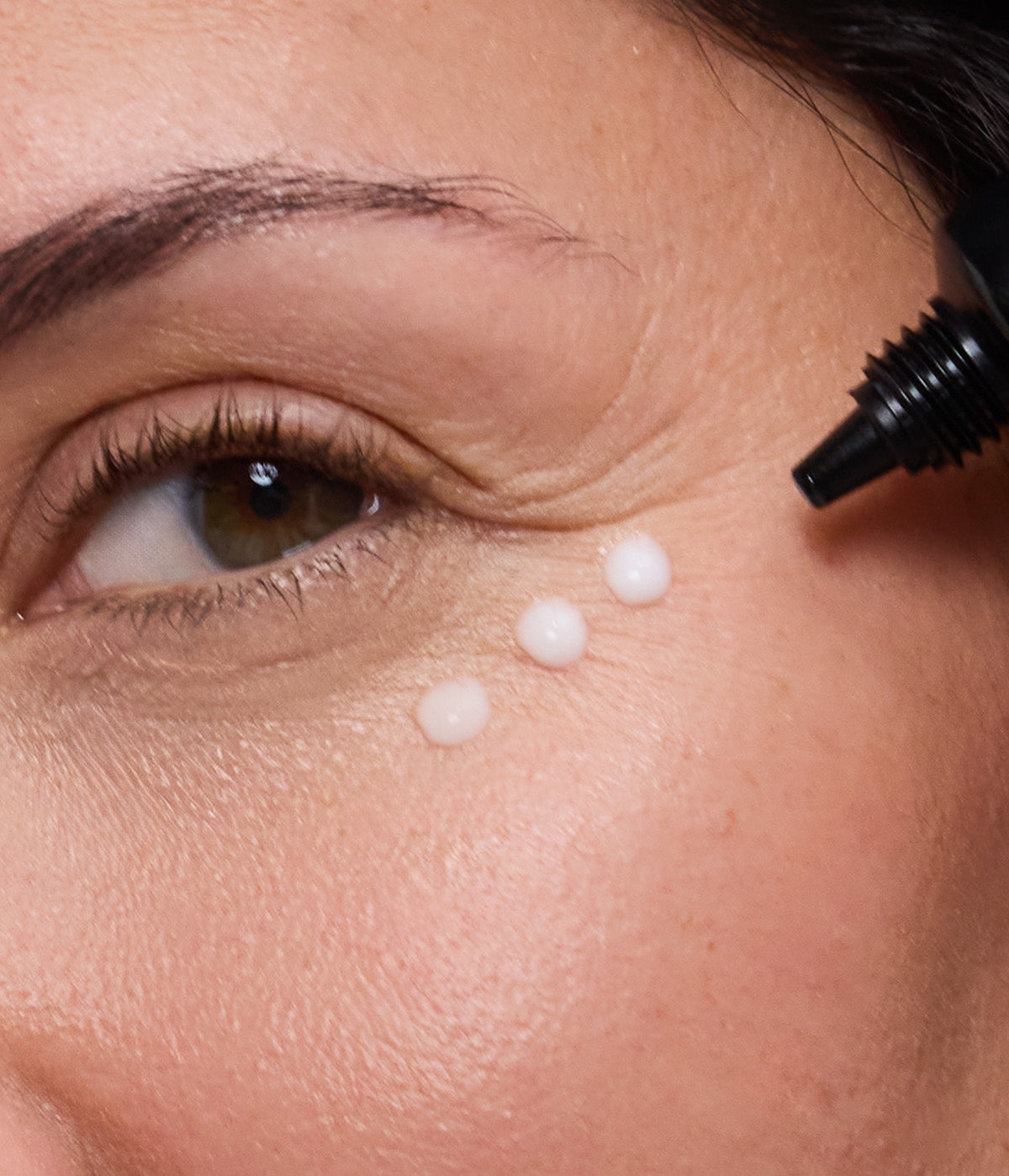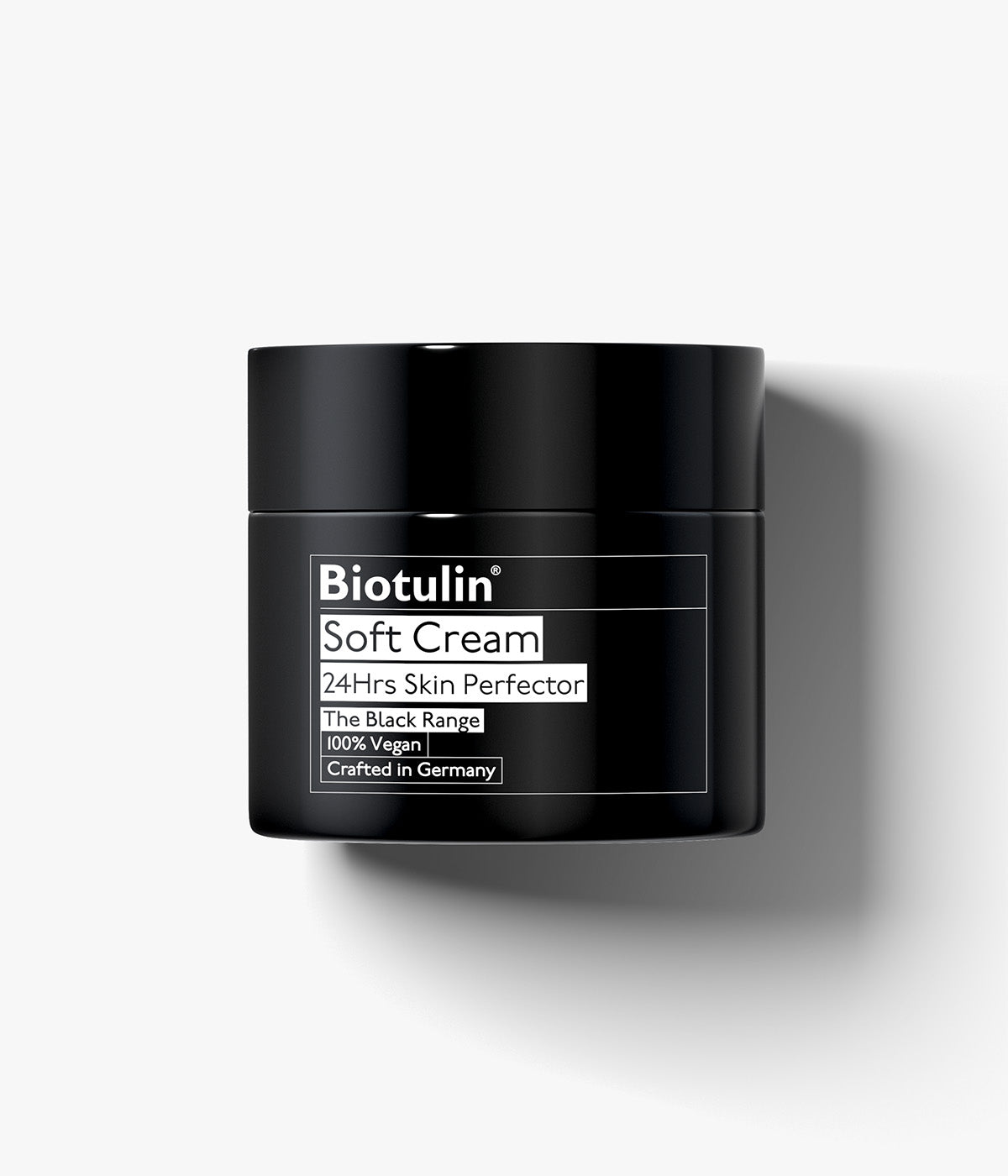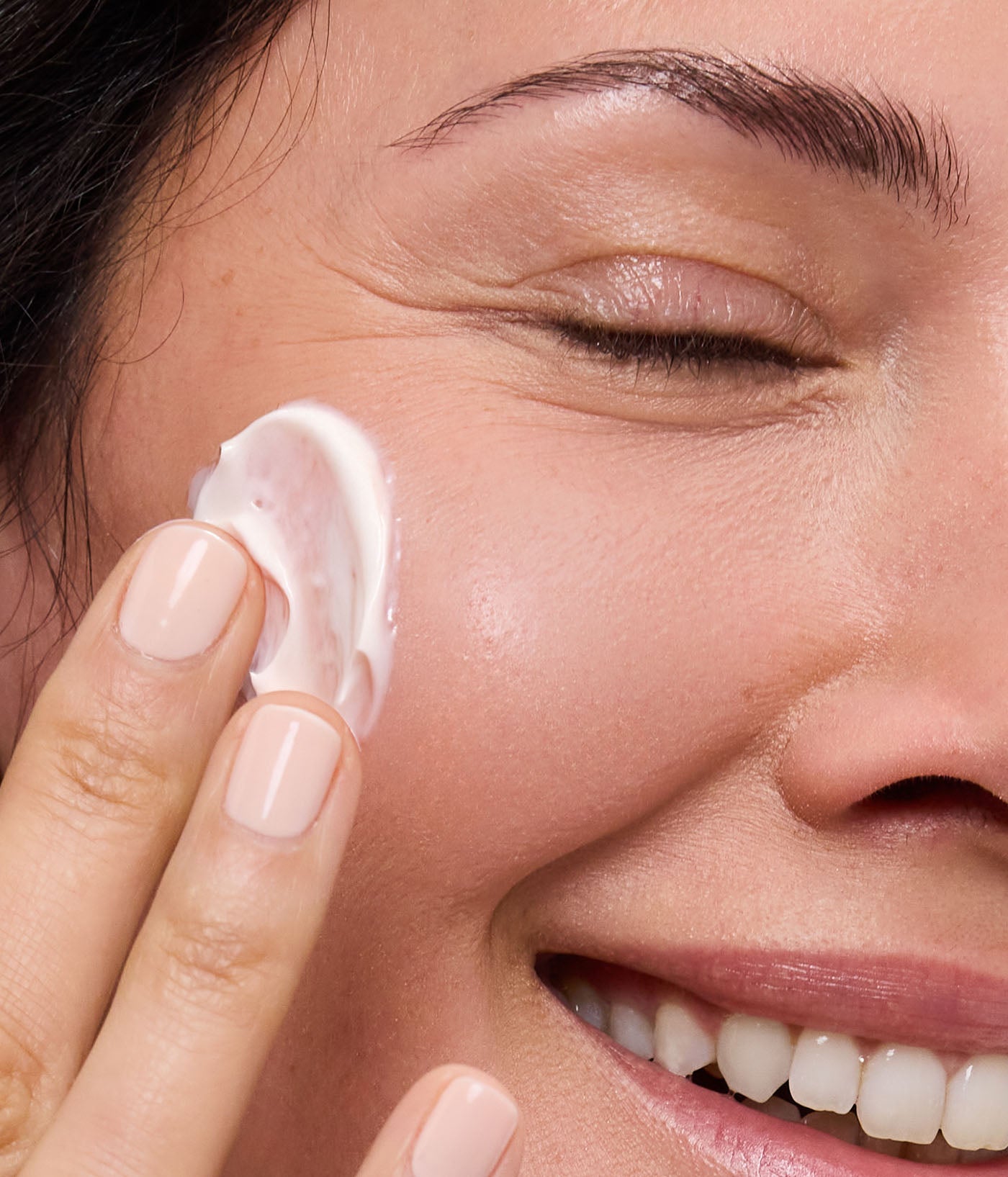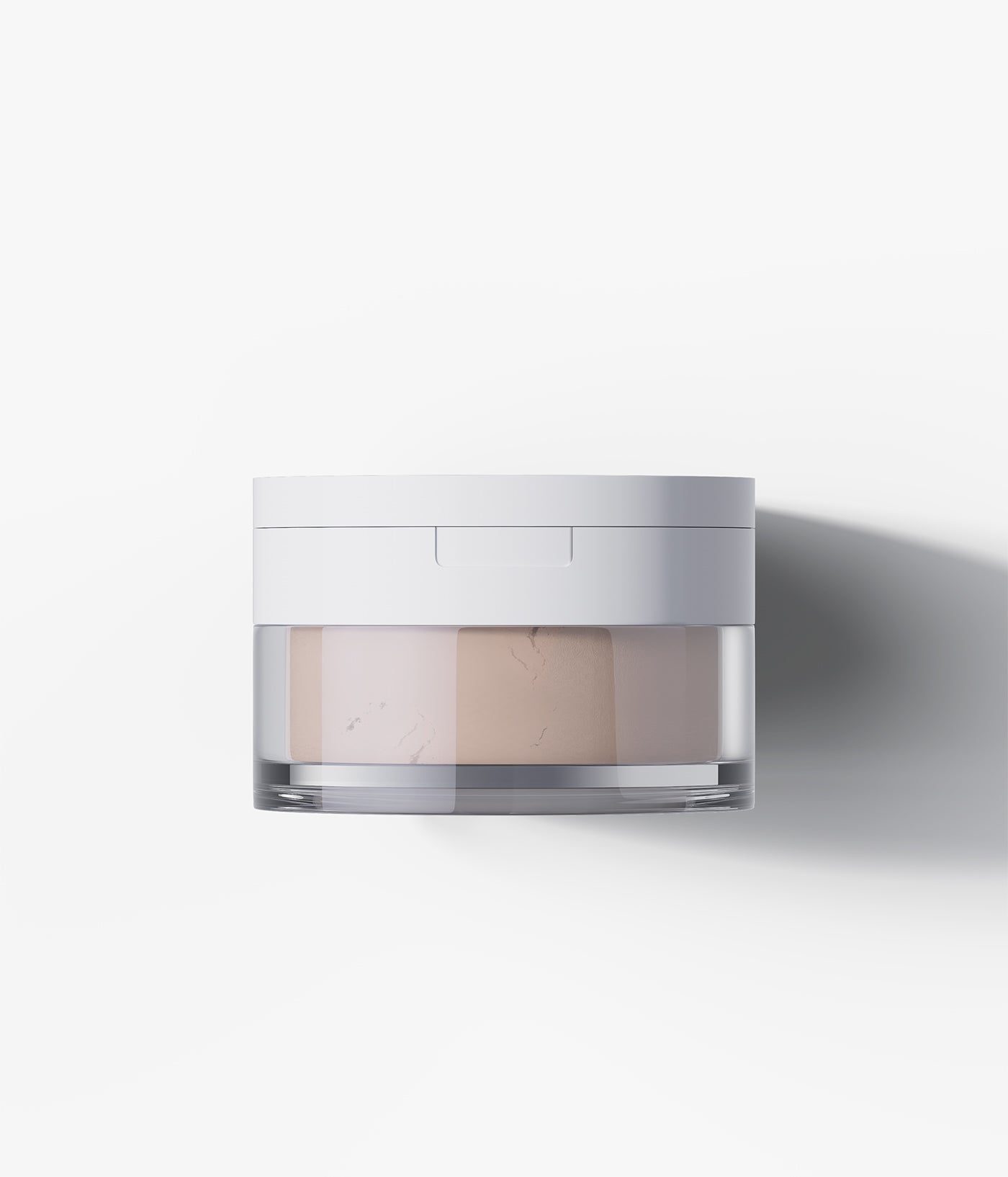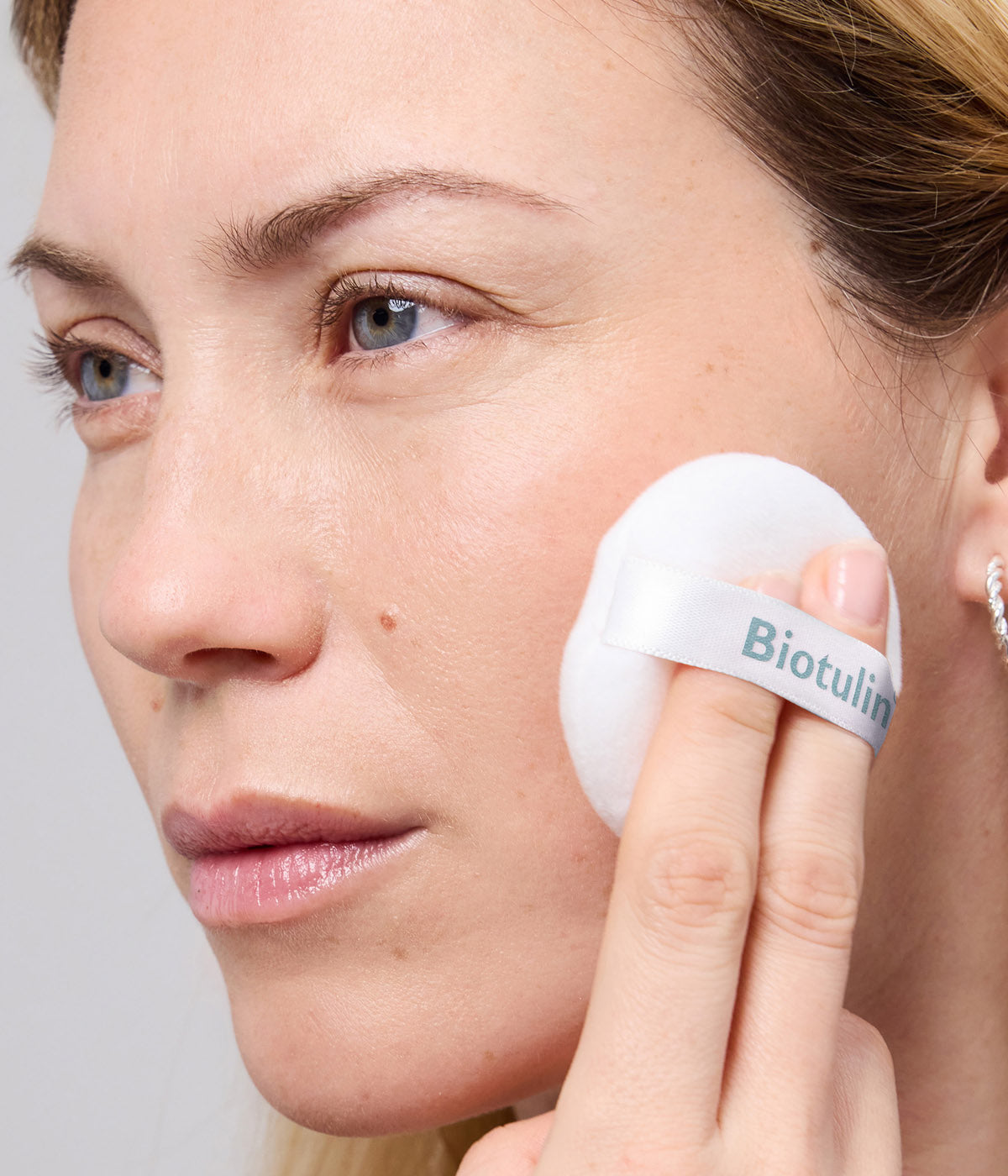Acrylic Nails - Structure, Cost, Advantages and Disadvantages
Gel or acrylic nails? Many people ask themselves this question and our beauty blog has already published a blog post on the subject of gel nails, where you can read about the structure, costs, advantages and disadvantages. With the gel method, gel is applied to the nail and cured with UV or LED light. Acrylic nails use a powder with liquid, so the acrylic powder hardens in the air.
The construction of acrylic nails
First, the fingernails are prepared by disinfecting and removing the cuticles, allowing the acrylic powder to adhere to the natural nail. Next, the natural nail is filed into shape to fit an extension if desired and buffed to remove shine for better durability. If an extension is needed, appropriately sized tips are glued to the natural nail, then trimmed to the desired length and shape.
A primer is then applied to remove grease from the natural nail, preventing lifting under the acrylic. The brush is lightly moistened with liquid and dipped into the acrylic powder to accumulate a small amount of acrylic. This acrylic must be applied quickly as it dries and hardens rapidly, making it difficult to model properly.
Multiple layers of acrylic are applied depending on the desired design. The nail is then refined to correct imperfections or adjust length. Finally, the acrylic nails are polished for a nice shine, and nail oil is applied to nourish the nails and cuticles. Regular application of nail oil can further nourish the nails and extend the life of the acrylic nails.
The cost
You should expect to pay between €30 and €50 for a visit to the beauty salon. As with gel nails, you will need to return every three to five weeks for a refill, as your natural nails will continue to grow and the unnatural nails will grow out with them.
Time needed
Acrylic nails also take about one and a half to three hours to model. Filling usually doesn't take too long, but it also takes at least an hour and a half. Studios that require significantly less time usually skimp on quality, so it is better to invest a little more time.
Pros and cons of acrylic nails
+The natural nails are protected and can continue to grow in peace.
By reinforcing the acrylic, the nails underneath can continue to grow in peace and are protected from external influences such as everyday housework.
+Long-lasting design
With nail polish, it is often the case that it flakes off after a few days and you have to keep repainting. With acrylic nails, the design lasts until the nails grow out too much.
+Beneficial for problem nails
If you have thin, soft nails that may not grow back very much, acrylic nails give you the opportunity to get strong and longer nails.
+Against nail-biting
As already mentioned, acrylic nails will help you stop biting your nails, as it is not nice to chew on the acrylic and at the same time the natural nails underneath are protected from biting.
+Creative possibilities
With acrylic nails, you can really get creative with design and shape. There are lots of great options that you can't do with a regular manicure.
-Nails can break painfully
Especially if the acrylic nails are already very grown out, the natural nails are often overstressed and an acrylic nail can break off, so you should make sure that the refill appointment is not too far away from the previous appointment.
-Cost
Of course, a homemade manicure is much cheaper, just like nail polish is much cheaper.
-Time needed
It does take some time, but you should take some time off.
-Harmful to natural nails
Especially acrylic is very harmful to natural nails, which is why many people prefer gel nails.
-Not allowed in all workplaces
Gel or acrylic nails?
Now comes the question of all questions: gel or acrylic? The biggest difference is probably the structure, where acrylic sets much faster and requires a certain amount of skill. Acrylic nails are more durable and look more natural because they are much thinner and have a nicer transition. Gel nails do not attack the natural nail quite as much as acrylic nails, but they are not harmless to the natural nail either.
Unfortunately, acrylic and gel nails are not allowed in all workplaces because they can be annoying and some workplaces require nails to be kept short for hygiene reasons.
If you prefer to paint your natural nails with nail polish, check out our blog post on how to get the perfect manicure. It's full of tips and tricks on how to give your nails the perfect manicure at home to make them look like they've been done by a professional.



